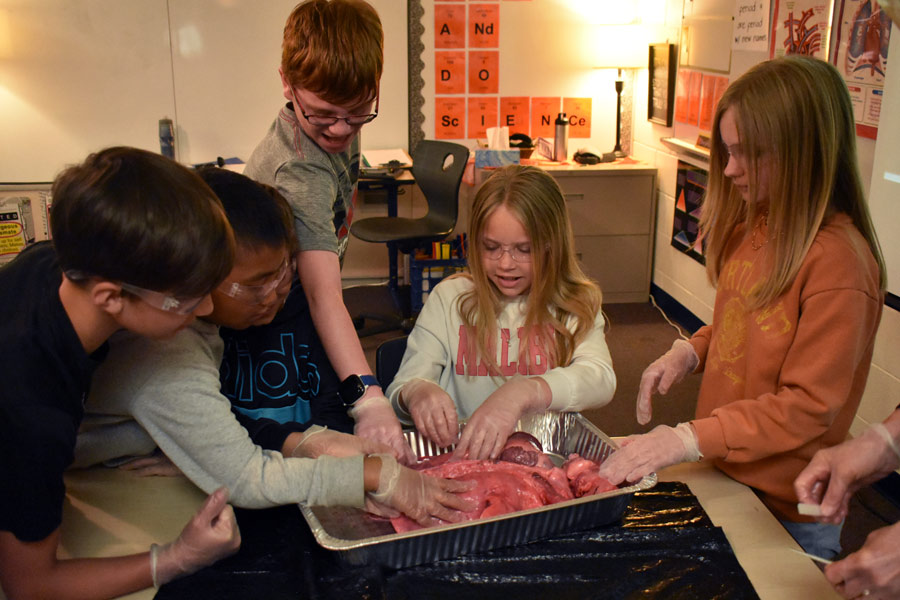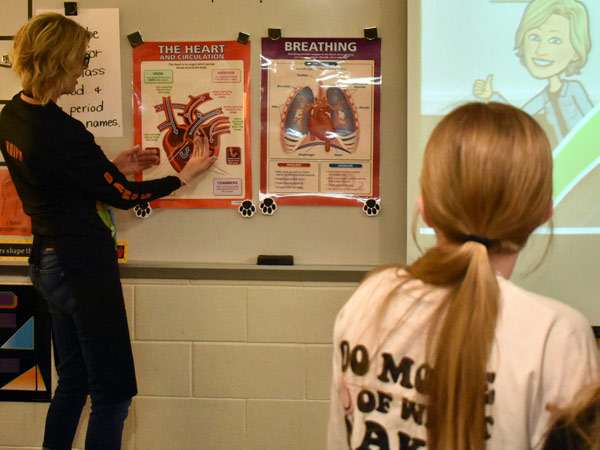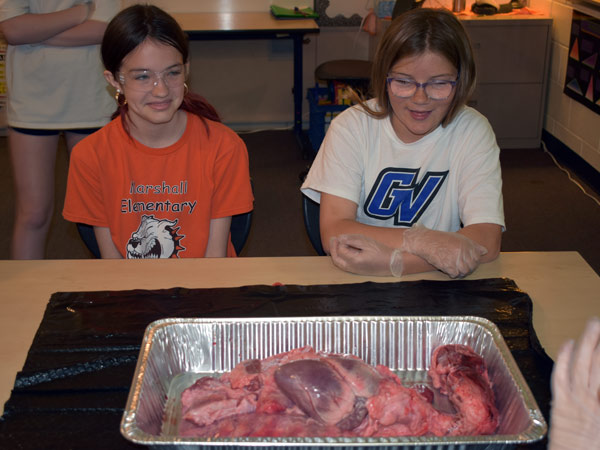Byron Center — Fifth-graders at Nickels Intermediate School learned during a pig dissection that animal digestive and respiratory systems aren’t that different from their own.
Sitting around a table, sporting safety goggles and gloves over their freshly washed hands, Michelle Kuiper’s students watched as their teacher used a scalpel to dissect the lungs and heart of a pig.
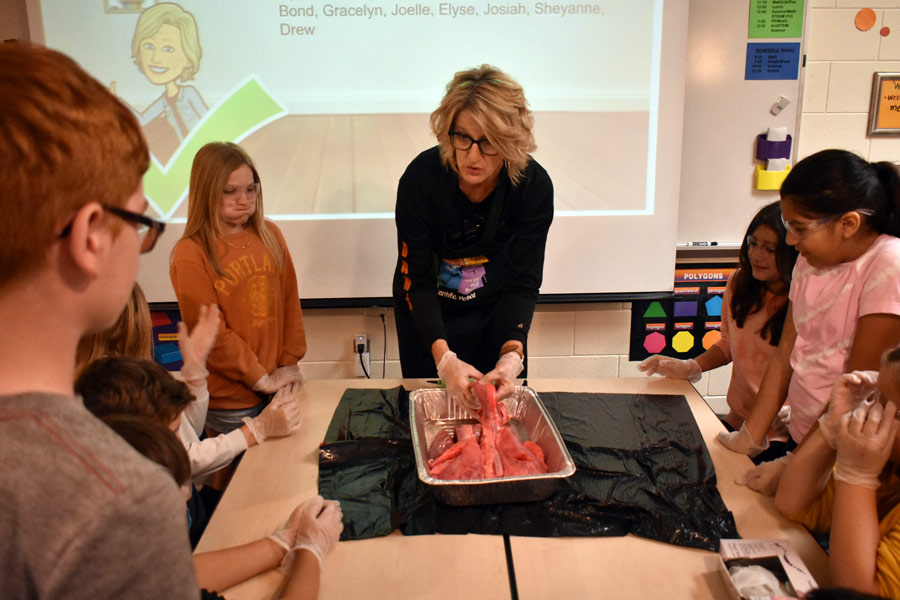
Some students reacted in predictable fashion to the yuck factor.
“It smells!” one student said. Another inquired, “Is the heart going to be squishy and bloody?”
Looking at the lungs, heart and esophagus in the aluminum tray in front of him, Ryland Armano-Watson asked, “Are pig organs the same as human ones?”
Kuiper explained how in both humans and animals, the respiratory, digestive and circulatory systems interact with each other to give life.
“In our Living Systems unit, we learned about basic yeast, a one-cell organism, then moved up to plants, animals and people,” she said.
As they do every spring, each fifth-grade teacher at Nickels performed their own class’ dissection on the same day.
The students took turns touching the organs and feeling where the trachea — or windpipe — connects to the bronchi, the large airway tubes, into the smaller tubes inside the lungs.
“The esophagus, the tube that the food goes through, is really flexible, but the trachea is more rigid,” student Carter Gaynor said.

After exploring the pig’s respiratory system, Kuiper moved on to the heart.
“Holy moly,” one student responded when he saw how much muscle his teacher cut through to expose the four chambers.
Students were allowed to gently put their fingers inside of the heart. Fifth-grader Josiah Springfield observed the heart felt “hard like a water balloon.”
Kuiper reminded her young scientists: “We have to treat our specimen with respect.”
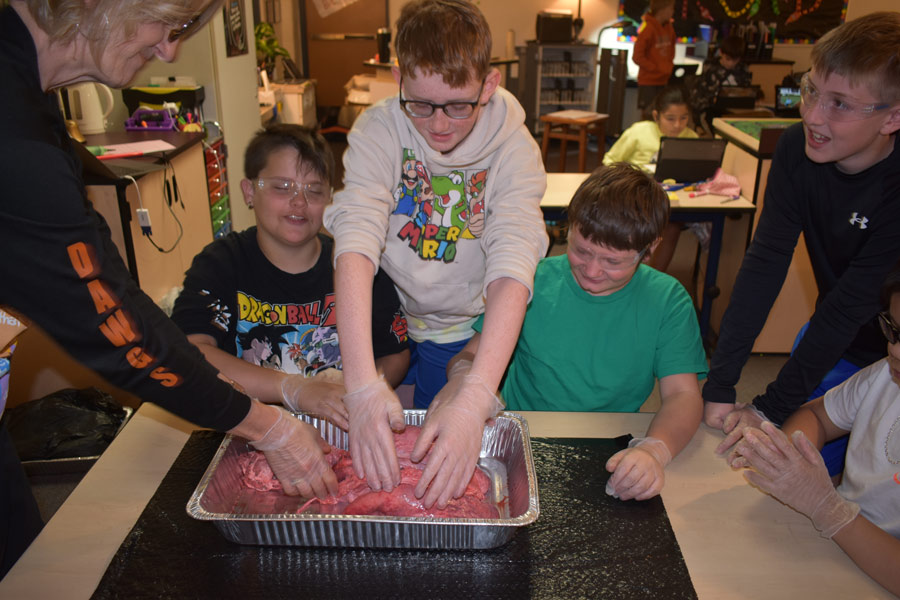
Read more from Byron Center:
• Outdoor learning opportunities grow with new structure
• New buildings, new friends to be made


